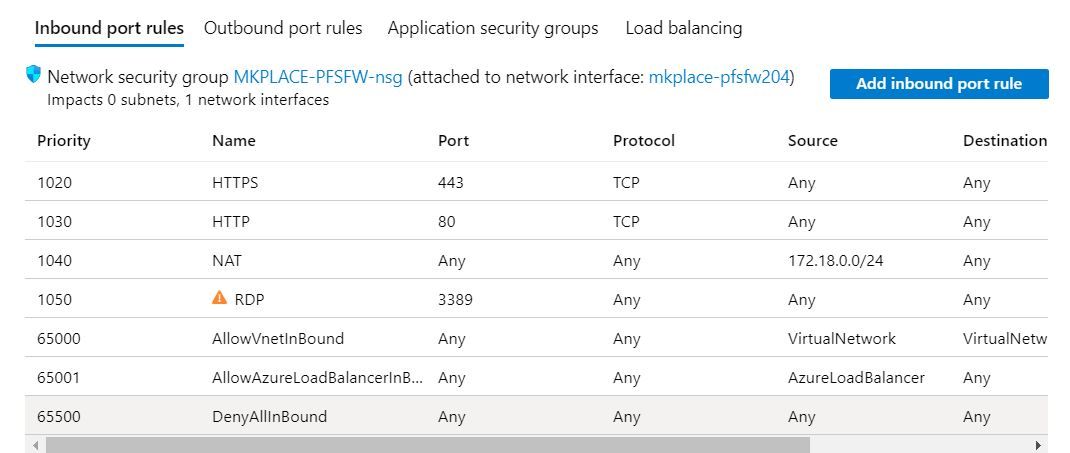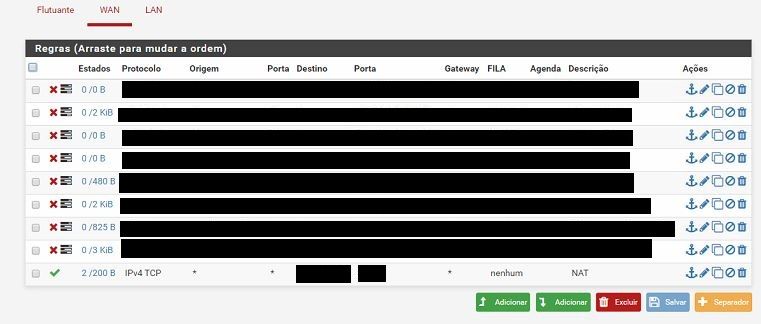-
0 Votes3 Posts318 Views
-
0 Votes1 Posts238 Views
-
0 Votes3 Posts250 Views
-
0 Votes2 Posts293 Views
-
0 Votes1 Posts194 Views
-
0 Votes3 Posts336 Views
-
1 Votes3 Posts456 Views
-
0 Votes1 Posts123 Views
-
0 Votes9 Posts699 Views
-
0 Votes1 Posts250 Views
-
0 Votes1 Posts230 Views
-
0 Votes1 Posts262 Views
-
0 Votes3 Posts332 Views
-
0 Votes7 Posts3k Views
-
0 Votes6 Posts852 Views
-
0 Votes6 Posts770 Views
-
0 Votes2 Posts17 Views
-
0 Votes4 Posts670 Views
-
0 Votes1 Posts211 Views
-
0 Votes3 Posts538 Views
Copyright 2025 Rubicon Communications LLC (Netgate). All rights reserved.




